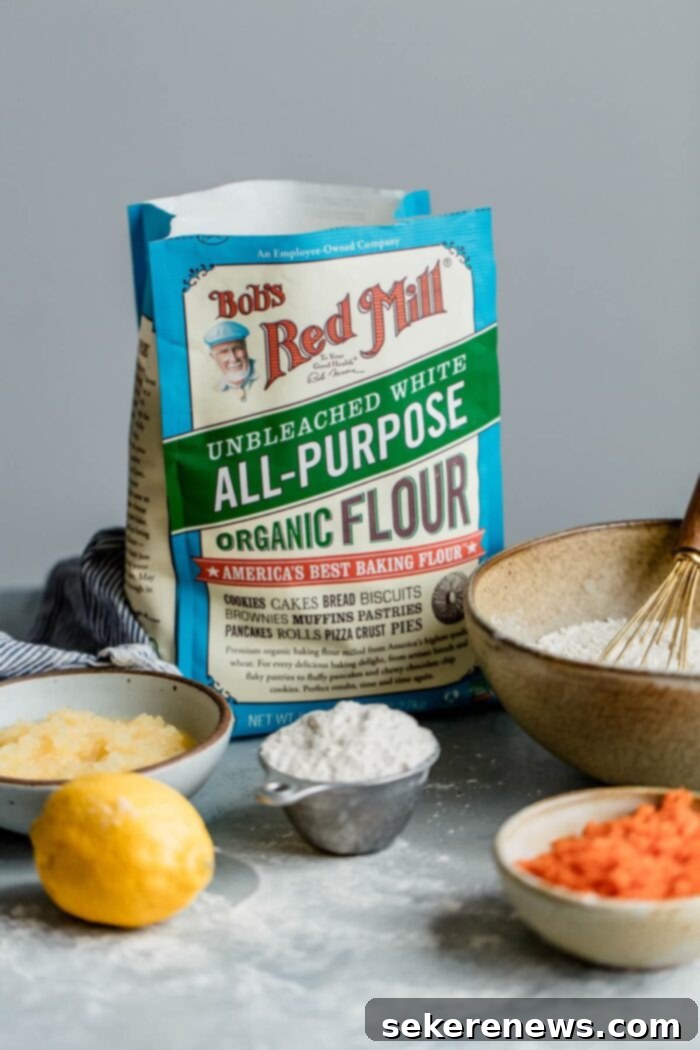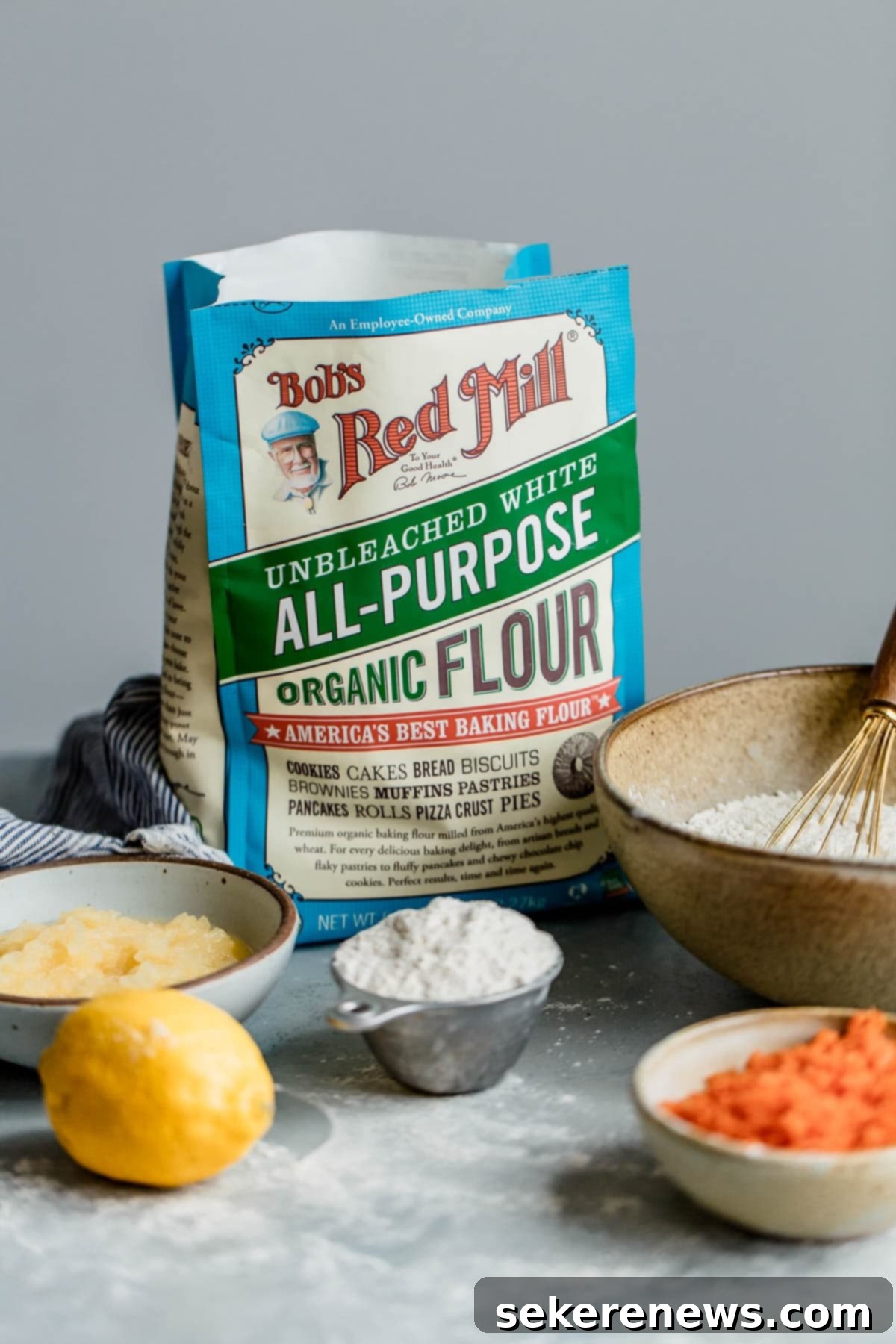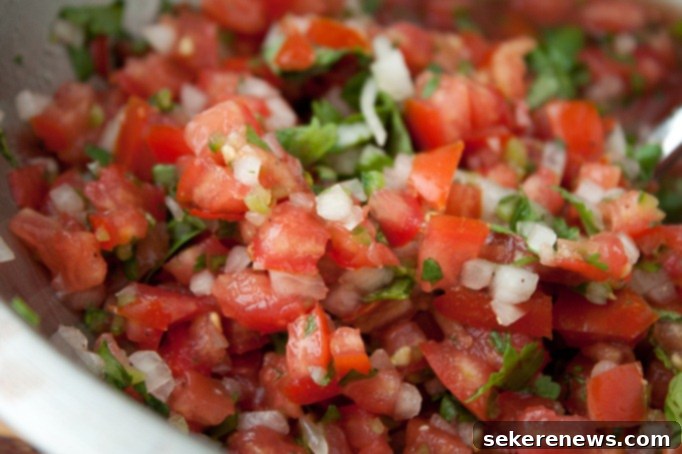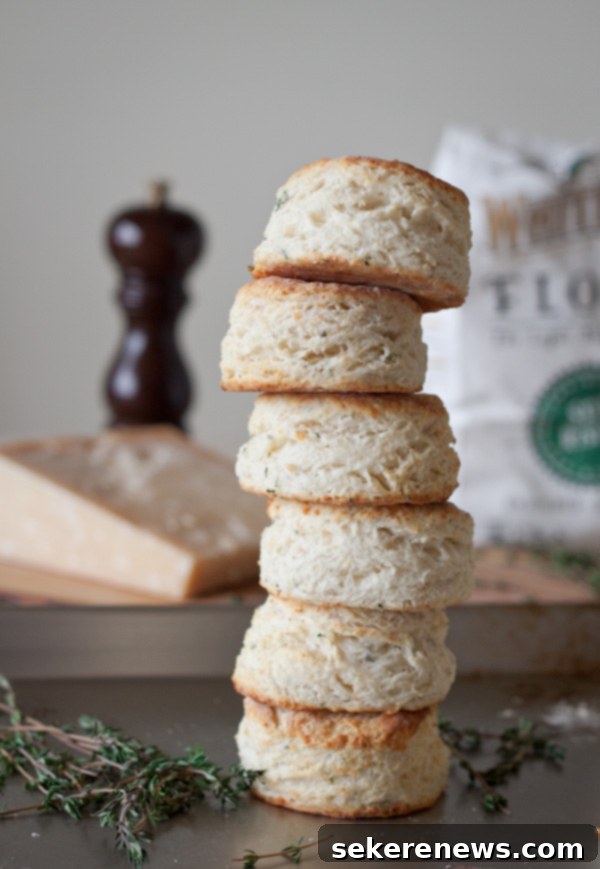Baking Battle: Cake Flour vs. All-Purpose Flour – The Ultimate Guide to Perfect Texture and Smart Substitutions

In the world of baking, flour isn’t just flour. It’s the foundational ingredient that dictates the structure, texture, and overall success of countless recipes, from airy cakes to chewy breads. Among the most commonly used types are cake flour and all-purpose flour, yet many home bakers are unsure of their distinct characteristics and when to choose one over the other. This guide takes a deep dive into the nuances of cake flour vs. all-purpose flour, equipping you with the knowledge to make informed decisions and achieve consistently perfect results in your kitchen. We’ll explore the science behind these essential ingredients, reveal how they impact your baked goods, and provide practical tips for substitutions when you’re in a pinch.
The Core Distinction: Protein Content in Flours
The primary and most crucial difference between cake flour and all-purpose flour lies in their **protein content**. This fundamental variation has a profound impact on how each flour behaves when mixed with liquid and subjected to heat, ultimately determining the final texture of your baked creations. Understanding these protein levels is the first step towards unlocking baking mastery.
While specific protein percentages can fluctuate slightly between brands, and even from batch to batch due to variations in wheat crops, a general range can be established. All-purpose flour typically contains 10%-12% protein. This moderate protein level makes it incredibly versatile, suitable for a wide array of recipes, hence its name “all-purpose.” It strikes a balance, providing enough structure for many bakes without making them overly tough or too delicate.
In stark contrast, cake flour boasts a significantly lower protein content, usually ranging from 6%-9%. This reduced protein percentage is purposefully designed to produce extremely tender, fine-crumbed baked goods. This deliberate difference is not accidental; it’s a result of the specific wheat varieties used and the milling processes involved, all geared towards achieving distinct textural outcomes.










